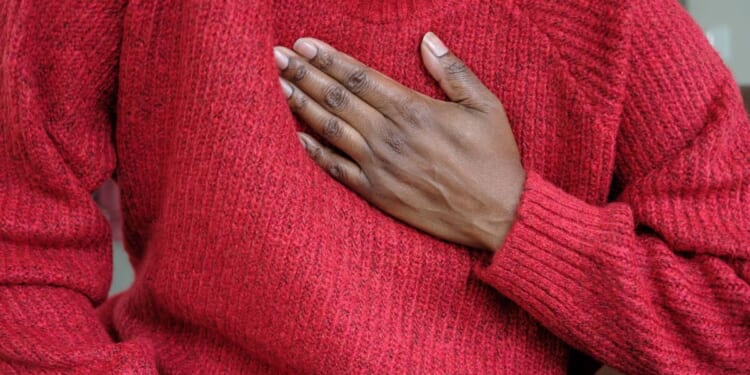A scientist has advised people to invest in blackout curtains and switch off electronic devices before bedtime, following alarming new research. The study revealed that exposure to bright illumination during night hours could dramatically heighten the chances of severe cardiac conditions, including heart attacks, strokes, and even heart failure.
Researchers at Australia’s Flinders University uncovered this concerning link after examining health data from nearly 89,000 people across the UK. Participants underwent monitoring for approximately 10 years using wrist-mounted devices, capturing more than 13 million hours of light exposure during this timeframe.
The results showed that people subjected to the most intense lighting during nocturnal hours faced a 56% elevated risk of heart failure and a 47% greater probability of suffering a heart attack. These dangers remained significant even when accounting for other recognised factors, including physical activity, genetics, and nutrition.
Dr Daniel Windred, lead author and Research Associate at Flinders University, said: “This is the first large-scale study to show that simply being exposed to light at night is a strong and independent risk factor for heart disease.
“Disrupting your body’s internal circadian clock by repeatedly exposing yourself to bright light at night, when it would typically be dark otherwise, will put you at a higher risk of developing dangerous heart issues.
“Thankfully, we do have some control over our exposure to light at night. By using blackout curtains, dimming lights, and avoiding screens before bed, we can help to reduce the health risks associated with light at night.”
The British Heart Foundation has revealed that over a million Brits are battling heart failure, with around 100,000 hospital admissions each year due to heart attacks. Although many factors can increase the risk of these health emergencies, lifestyle choices such as unhealthy eating habits and smoking are thought to play a significant role.
In light of the new research, many scientists now believe that exposure to light during the night should be considered as a risk factor alongside these. The Australian-based team is now advocating for more research into lighting guidelines for homes, hospitals, and cities.
Associate Professor Andrew Phillips, senior co-author, also added: “Everyday habits, like scrolling on your phone in bed or falling asleep with the TV on or bedroom lights on, can expose you to potentially harmful levels of light. We’re not talking about extreme cases, even low levels of indoor light can interfere with your body’s natural rhythm.”
Potential heart attack symptoms
A heart attack is a serious medical emergency resulting from a sudden blockage of blood flow to the heart, usually caused by a blood clot. The NHS notes that this can lead to several important symptoms, such as:
- Coughing or wheezing
- Chest pain – a feeling of pressure, heaviness, tightness or squeezing across your chest
- Feeling sick (nausea) or being sick (vomiting)
- An overwhelming feeling of anxiety (similar to a panic attack)
- Shortness of breath
- Pain in other parts of the body – it can feel as if the pain is spreading from your chest to your arms (usually the left arm, but it can affect both arms), jaw, neck, back and tummy
- Feeling lightheaded or dizzy
- Sweating
If you suspect you’re having a heart attack, dial 999 immediately – the faster you act, the better your chances of survival. Official guidance from the NHS adds: “The chest pain is often severe, but some people may only experience minor pain, similar to indigestion.
“While the most common symptom is chest pain, symptoms can vary from person to person. Some people may have other symptoms such as shortness of breath, feeling or being sick and back or jaw pain without any chest pain.”

















